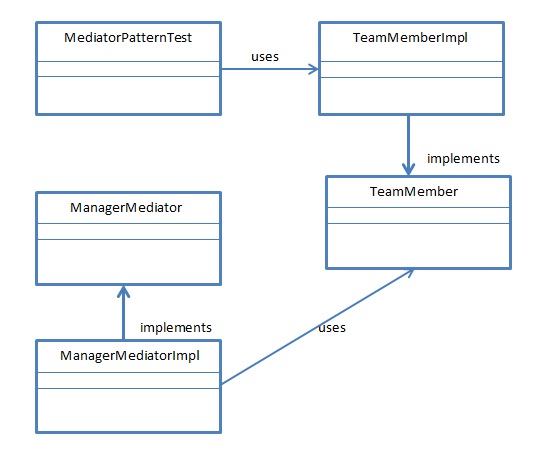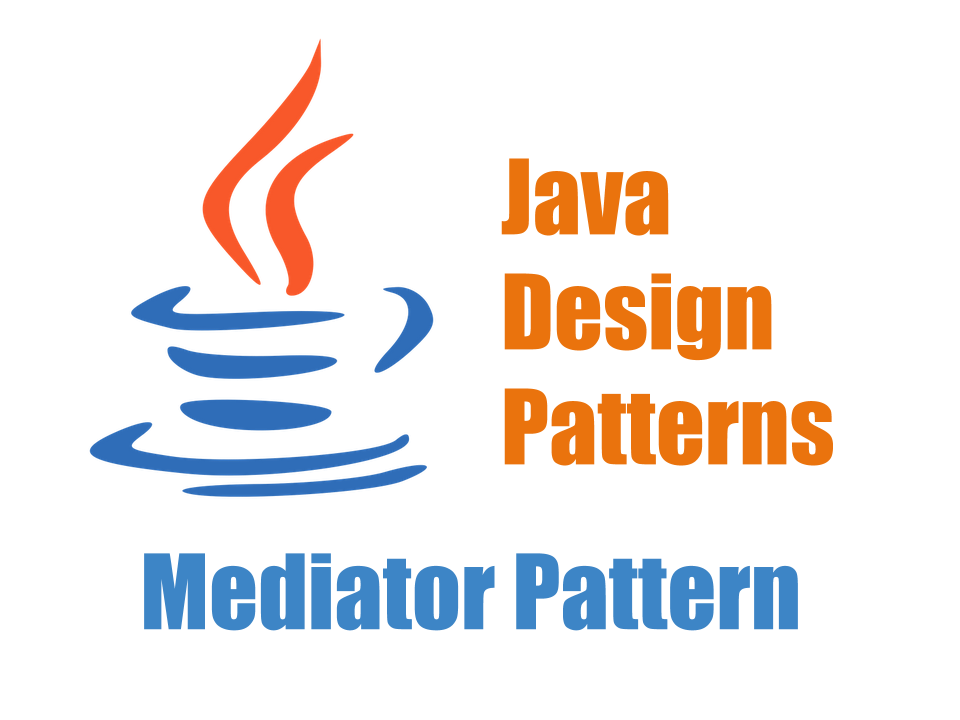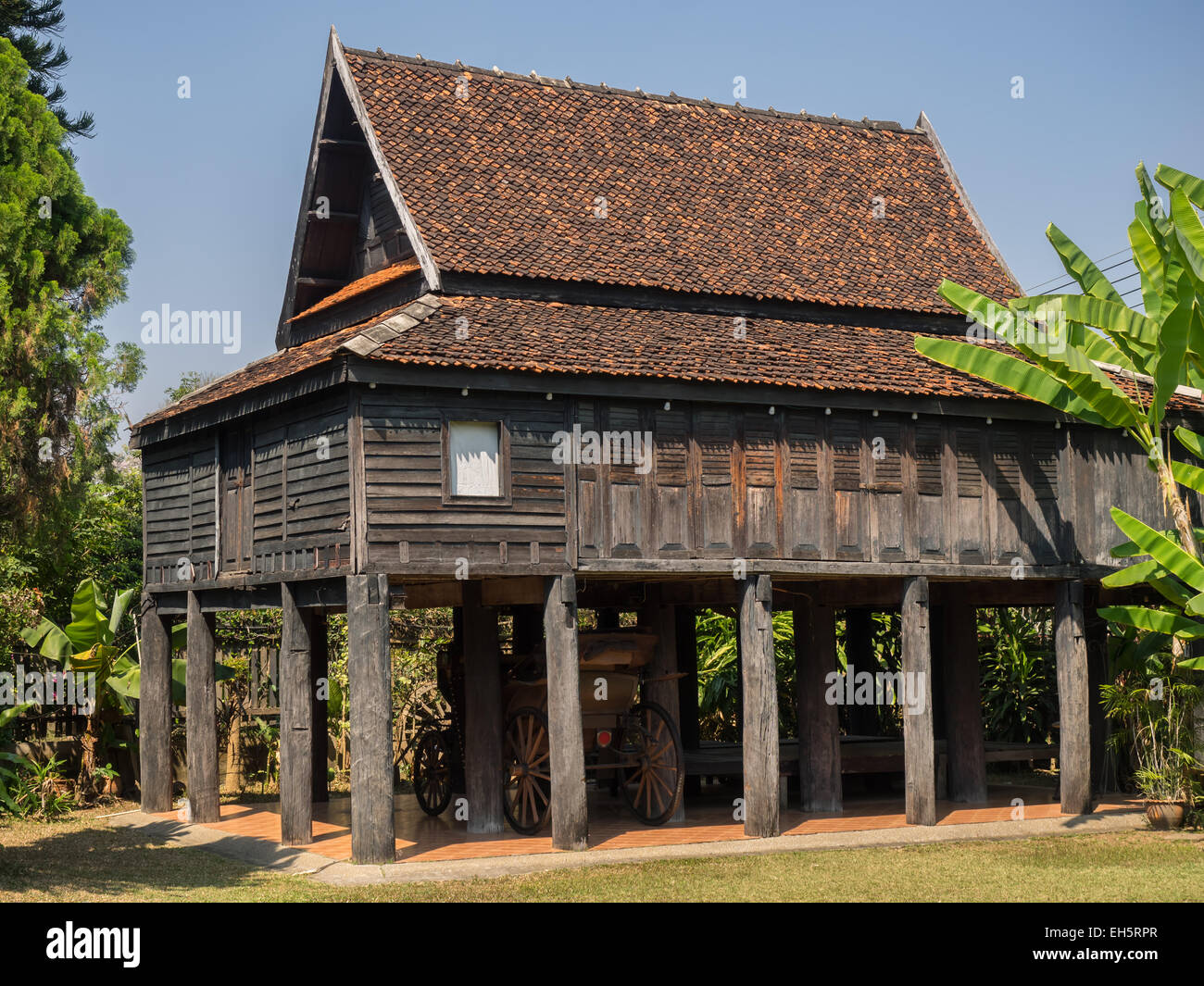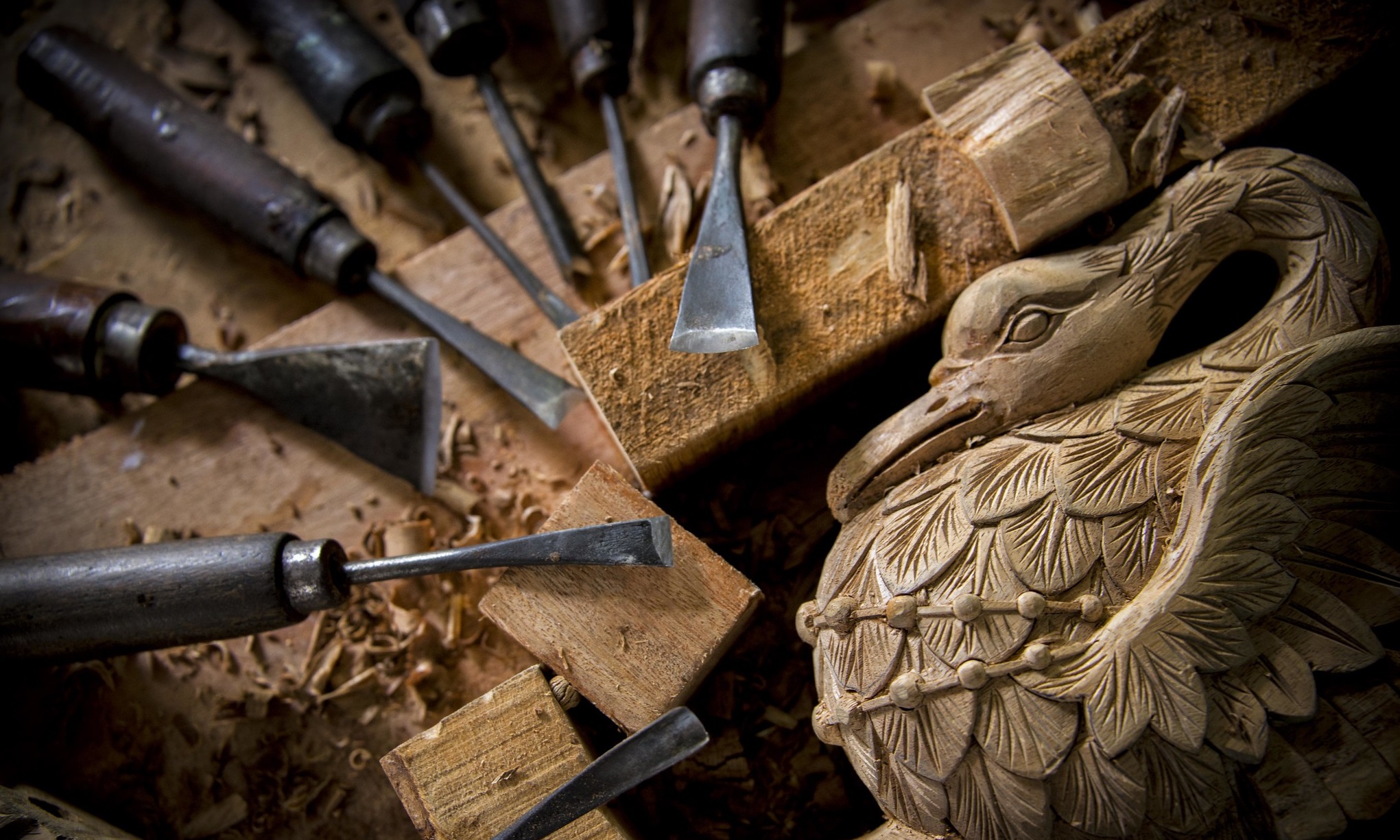Table Of Content

So in some implementations, you have colleague and concrete colleague types. In this Java mediator pattern example, we are simulating the chat application where users can send messages to other users in one to one fashion. All users must be registered to the chat application to send or receive messages. The Mediator design pattern handles the manner in which a group of classes interact with each other. This pattern is especially useful when we have a large number of classes communicating directly with one another.
Creational Design Patterns

The mediator pattern ensures that components are loosely coupled, such that they do not call each other explicitly, but instead do so through calls to a mediator. In the following example, the mediator registers all Components and then calls their SetState methods. The objects interact with each other indirectly through a mediator object that controls and coordinates the interaction. Concrete Colleague classes are the specific implementations of the Colleague interface. They rely on the Mediator to communicate with other colleagues, avoiding direct dependencies and promoting a more flexible and maintainable system architecture.
Real-Life Analogy of the Mediator Design Pattern
This class implements the FacebookGroupMediator interface and provides implementations for the SendMessage and RegisterUser abstract methods. The RegisterUser method will add the user to the particular Facebook group, i.e., adding the user to the UsersList variable. The Mediator pattern says that instead of allowing a set of objects to directly interact between them, define an object (mediator) that will handle the interactions. What the mediator essentially says to such set of objects is “talk with me instead of talking among yourselves”.
Take advantage of the mediator design pattern to promote loose coupling and simplify the coding of object interactions
Thus the mediator pattern is a behavior pattern that deals with object behavior, the facade pattern is a structural pattern that deals with object composition. Imagine an application in which there are many objects that are communicating with each other. The mediator design pattern is useful when the number of objects grows so large that it becomes difficult to maintain the references to the objects. The mediator is essentially an object that encapsulates how one or more objects interact with each other.

For embedded software, a hardware abstraction layer (HAL) or board support package (BSP) can also be examples of the Facade and Mediator patterns (which it is depends on the design). Fundamentally, the goal of a HAL or BSP is to provide Facade that higher software layers can use to interact with the underlying hardware. If the components managed by the HAL or BSP can also use the provided interfaces, we end up with a Mediator. This article presents a discussion of the mediator design pattern and how it can be implemented using C#. Mediator is a behavioral design pattern and one of other 23 patterns discussed by GoF.
This example shows how to organize lots of GUI elements so that they cooperate with the help of a mediator but don’t depend on each other. Identify a set of strongly connected classes that might benefit from more independence. In the next article, I will discuss the Real-Time Examples of the Mediator Design Pattern in C#.
Sign in to view more content
How To Write Decoupled Code with MediatR: The Mediator Pattern - hackernoon.com
How To Write Decoupled Code with MediatR: The Mediator Pattern.
Posted: Sat, 09 Jan 2021 08:00:00 GMT [source]
We are used to see programs that are made up of a large number of classes. However, as more classes are added to a program, the problem of communication between these classes may become more complex. Because of this, the maintenance becomes a big problem that we need to solve in this way or another. Like in many other Design Patterns, The mediator pattern comes to solve the problem.
Mediator helps to facilitate the interaction between objects in a manner in that objects are not aware of the existence of other objects. Objects depend only on a single mediator class instead of being coupled to dozens of other objects. Mediator helps in establishing loosely coupled communication between objects and helps in reducing the direct references to each other.
Mediator Design Pattern in C#
The mediator is a central hub through which all interaction must take place. Business logic is contained in various classes called components. Each component has a reference to a mediator, which is declared with the interface type of the mediator. Since the component isn’t aware of the actual class of the mediator, you can reuse it in other programs by linking it to a different mediator. Each user instance has a send method which we can use in order to send messages. Let us understand the Mediator Design Pattern in C# with an Example.
Instead, the element only needs to let its mediator know about the event, passing any contextual info along with that notification. UI elements should communicate indirectly, via the mediator object. In our example with the profile editing form, the dialog class itself may act as the mediator. Most likely, the dialog class is already aware of all of its sub-elements, so you won’t even need to introduce new dependencies into this class. Sometimes you are able to create clearly defined Facades and Mediators. In other cases, the resulting design is a blend of the two patterns.
As shown in the diagram below, we have four objects (Object A, Object B, Object C, and Object D). The most significant change happens to the actual form elements. Previously, each time a user clicked the button, it had to validate the values of all individual form elements. Upon receiving this notification, the dialog itself performs the validations or passes the task to the individual elements.
Therefore, the components are only dependent on a single mediator class instead of being coupled to dozens of other classes. The Mediator defines an object that controls how a set of objectsinteract. Loose coupling between colleague objects is achieved byhaving colleagues communicate with the Mediator, rather than with eachother. The control tower at a controlled airport demonstrates thispattern very well.
The Mediator pattern, as shown in the above figure employs a mediator object to enable other objects of the application to interact without knowing each other’s identities. The mediator also encapsulates a protocol that objects can follow. The Mediator pattern primarily enables cooperative behavior while keeping modules decoupled.
The Pattern restricts direct communications between the objects and forces them to collaborate only via a mediator object. The Mediator Design Pattern restricts direct communications between the objects and forces them to collaborate only via a mediator object. This pattern is used to centralize complex communications and control between related objects in a system. The Mediator object acts as the communication center for all objects.











